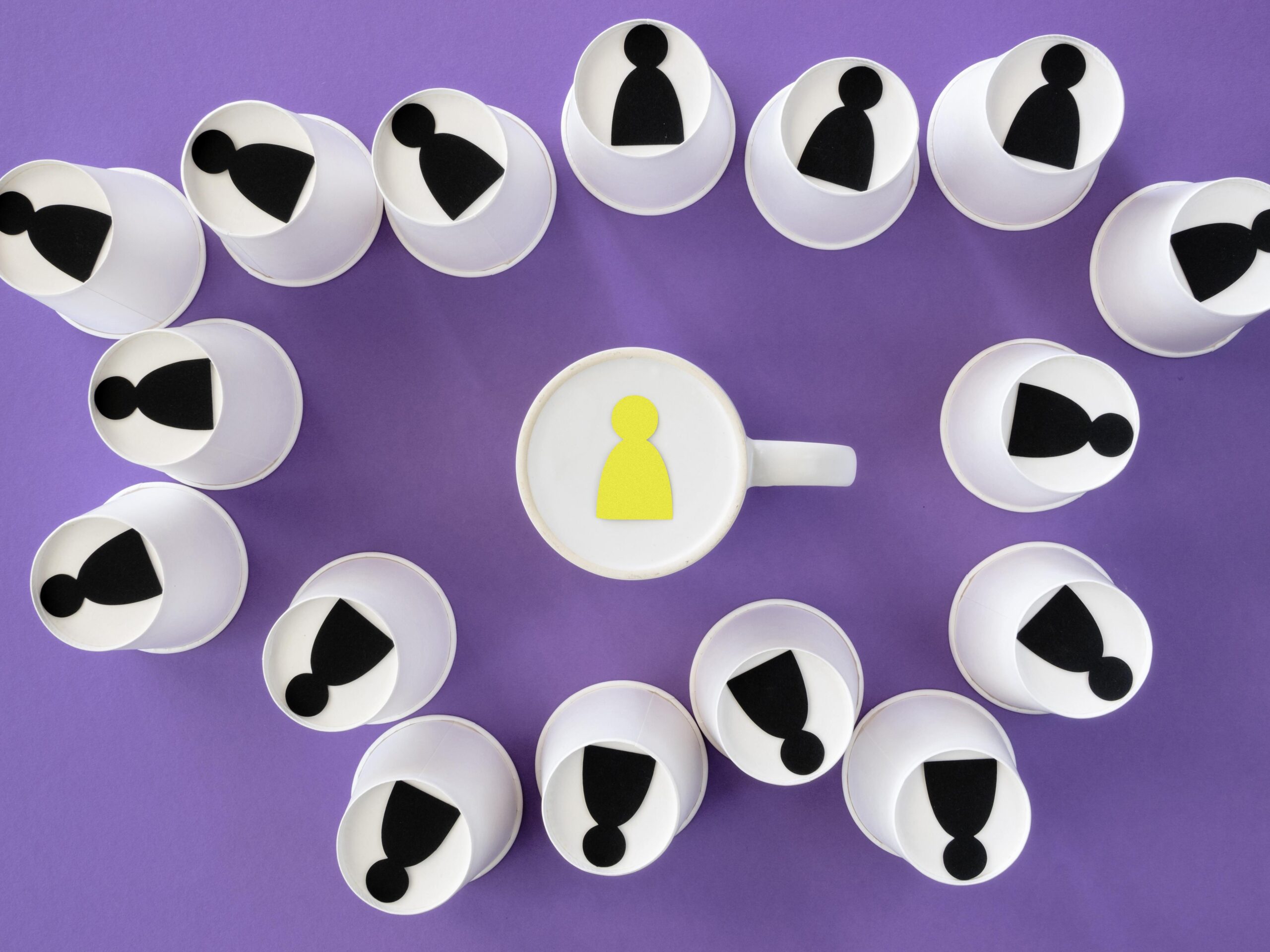This is a guest post from Erik Harbison, the Chief Marketing Officer at AWeber. Erik oversees the company’s overall marketing operations, vision, and strategy. His areas of expertise range from emerging marketing strategies and customer retention/loyalty to email marketing, social media, and performance-based marketing recipes.
_____
Email is not dead. In 2015, email was one of three most popular areas where small business owners planned to hone their digital marketing efforts. In today’s technology-driven world, that says a lot.
Since the concept of email marketing began, the ways in which businesses use it have rapidly evolved. In order to keep up, you must rethink the way you see email. More specifically, you need to recognize the importance of email automation.
You may already be familiar with terms like ‘autoresponders’ or ‘follow ups.’ Essentially, these are automated emails. Email automation lets you automatically send out messages to your subscribers at preselected times and after specific actions they’ve taken.
Why is this important?
Because these days, email marketing is more than just collecting subscribers and sending out newsletters. Instead, it’s more about building relationships in the inbox.
Let’s explore three ways automated email campaigns help with relationship building and enhance your business in the process.
1. Take Your Audience From “Like” to “Love”
No matter your industry or company size, there is one main goal that drives all of your business efforts: to take a customer from the first point of contact to a point of sale or action.
Beneath this overarching strategy, the point of your email marketing is to help move readers from one in your sales funnel to the next. In other words, you want to move your customers from “I think you’re awesome,” to “I think you’re awesome and I’m willing to pay for the value (product or service) you provide.”
There are many ways to help guide prospects down the funnel. One way is to tailor your email content based on specific information, such as where the prospect discovered you. Build one campaign for users who met you in person and may not need as much introductory information to help move them along the sales funnel. Then, create another for people who found you online and may need a longer introductory period before you fully engage them with your sales and marketing strategies.
Decipher where your audience members are on the relationship scale (how much information they already know about your business, how likely they are to make a purchase, etc.) and build an automated email campaign that’ll help entice readers to not only like your product, service, or expertise, but to love it.
2. Send Smarter Emails
Don’t think of automated campaigns as just your average email autoresponder. Now that subscribers have a personal relationship with you and your business, think of emails as a method for sending hyper-targeted messages that will resonate with your audience. In other words, email automation makes it possible to send the right content to the right people, at the right time, which significantly increases your chances of cutting through inbox noise.
The running theme here is getting personal with your audience so you can send smarter emails. For instance, send emails based on subscriber interests. To find out what your subscribers prefer, you might include additional custom fields in your email list signup form that asks what kind of content they’re most interested in receiving. With that information, create a series of welcome messages with content that relates to their specific interests.
Next, use email automation to build welcome campaigns specific to the responses you get from the signup form. Then, schedule your emails to send at a specific time of the day when your followers are most likely to read them. If your subscribers are signing up via mobile devices, then the best time of day to test a send message could be during morning and evening commute times.
Similar to emails that center on audience interests, you can also send messages based on where they are in your sales funnel. To do this, create two different email series for customers versus non-customers. For the non-customers, send educational information about your industry. For customers, send them educational information about your specific product or service as it relates to that industry.
With the ease of autoresponders and automated campaigns, there is no need (or excuse) to be generic with your messaging. You have the power and responsibility to personalize.
3. Save Time
Creating automated campaigns not only warms your audience up to you and help move them through the sales funnel, it also saves you time. In fact, 74 percent of marketers say the biggest benefit of automation is saving time. Think about it, spend 30 to 60 minutes focused on building various automated series and you’ll save hours over the course of the month and year.
Instead of going through the hassle of creating and sending the same content repeatedly, you can rest easy knowing that your previously crafted emails are working to build and nurture relationships. This will free you up to focus on other aspects needed to grow your business.
Time to Rethink Email
Your audience likely receives tons of messages daily from other businesses. You don’t want them to overlook the content of your emails. The good news is that people want to hear from you (otherwise, why’d they sign up?) and they want personalized messaging. Introducing automated email campaigns into your marketing efforts will help you turn subscribers into customers and customers into advocates. Download our study below to learn more about what customers want from email campaigns and start adding some automated techniques into your email mix.





